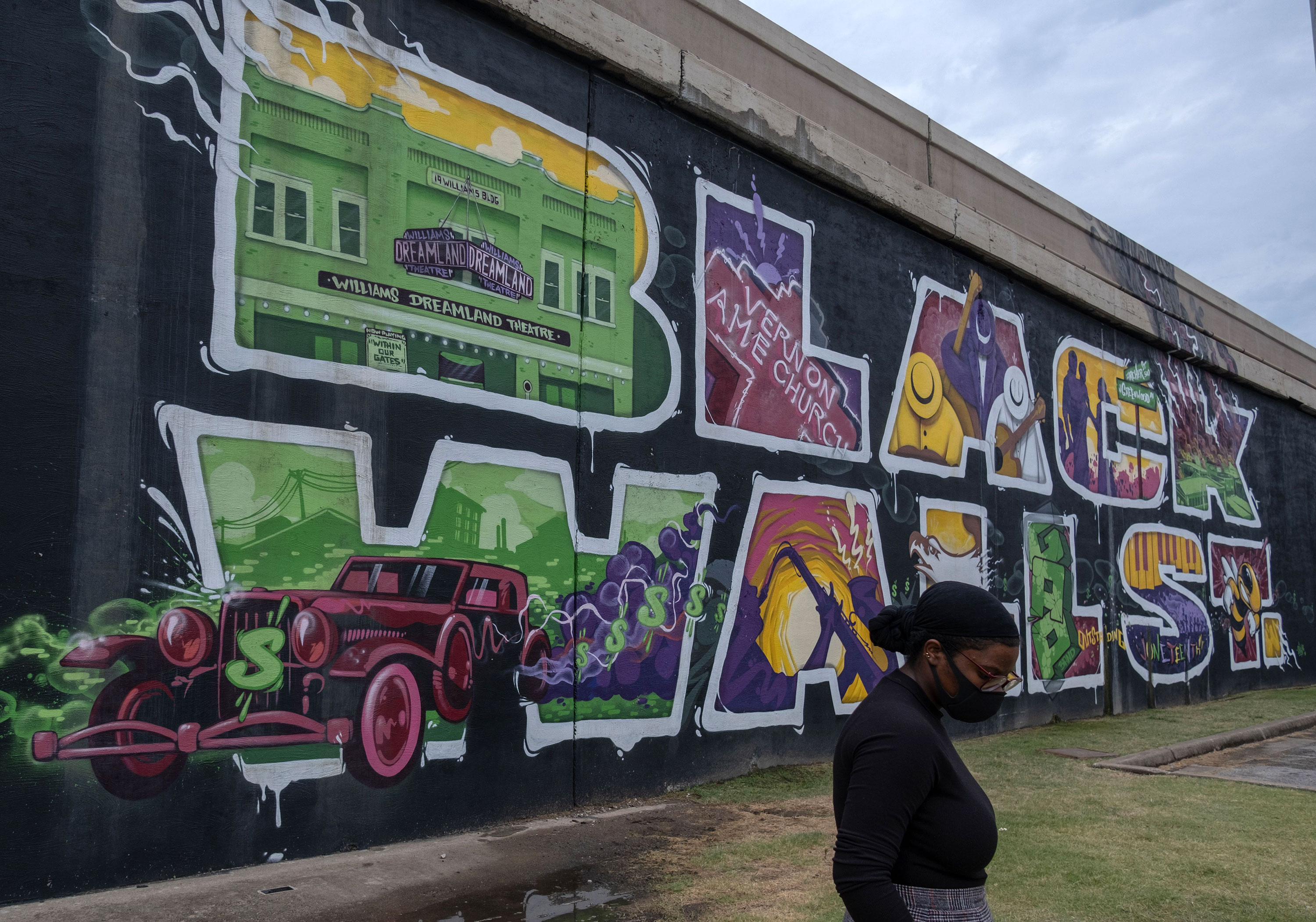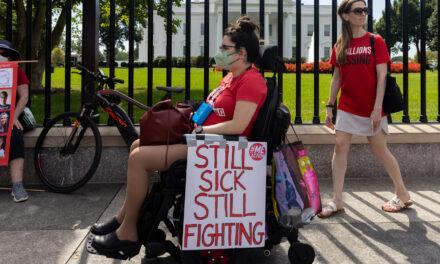
How the Tulsa Race Massacre unfolded

It all started with 40 acres and a grocery store.
Ottawa W. Gurley, better known as O.W. Gurley, was one of Tulsa’s earliest settlers. Gurley, traveled to the oil rich city of Tulsa in 1905 from Arkansas and purchased 40 acres of land, on which he built the People’s Grocery Store and a one-story rooming house.
Gurley’s grocery store and rooming house set the stage for the boom in Black entrepreneurial businesses that would follow. Greenwood was soon filled with restaurants, hotels, billiard halls, shoe stores, tailor shops and more.
The district’s enterprising residents built their businesses for Black people, who were often barred or treated poorly in the nearby White establishments.
Stringent segregation laws had gone into effect after Oklahoma became a state in 1907. This paved the way for Greenwood to become an insular hub for the Black dollar to circulate, historians say. Many of the Black residents earned and spent their money entirely within the confines of Greenwood. The result was one of the most affluent and wealthiest African-American enclaves in the country.
Among Greenwood’s most prominent residents was J.B. Stradford. The son of an emancipated slave, Stradford was a lawyer who amassed his fortune through real estate. Among his many properties, he built the opulent Stradford Hotel, complete with 54 rooms and crystal chandeliers, providing a welcoming space for Black visitors.
John and Loula Williams built and operated an auto repair garage, a confectionary and a rooming house. But they were best known for building the famous Williams Dreamland Theatre, which featured silent films and live musical and theatrical revues that regularly attracted Black audiences.
“Greenwood wasn’t just a place, but a state of mind. They had built this place, they had created it. It wasn’t a gift from anyone, it was their own community,” said Scott Ellsworth, a University of Michigan historian and author of “The Ground Breaking: An American City and Its Search for Justice,” who has been working on an effort to discover the unmarked graves of the Tulsa Massacre victims.”In Greenwood, everybody knew they were just as good as anyone else.”
Historical context: The foundations of the Greenwood District and Black Wall Street were built in the 1830s, when African Americans first migrated to Oklahoma.
Many Black people had arrived as slaves to the Native American members of the Chickasaw, Choctaw, Cherokee, Creek and Seminole tribes — who were forced to relocate from the Southeastern US to Oklahoma Territory as a result of President Andrew Jackson’s Indian Removal Act.
Following the end of the Civil War in 1865 and the ratification of the 13th Amendment, which called for the abolition of slavery, African Americans were granted citizenship and allotted plots of land where they could begin their new lives as free men and women.
This land allocation led to a boom in all-Black towns, including Greenwood. Between 1865 and 1920, the number of all-black towns and settlements grew to more than 50. Today, only 13 all-black towns exist, according to the Oklahoma Historical Society.

















